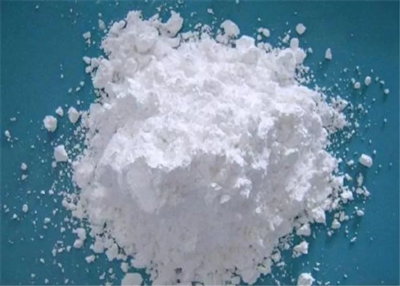Global alumina trihydrate market forecast at $1.9 billion by 2025
Dublin, Ireland – The global alumina trihydrate market size is estimated at USD 1.5 billion in 2020 and is projected to reach USD 1.9 billion by 2025, at a CAGR of 5.5% from 2020 to 2025 according to ResearchandMarkets.com.
The growth of the alumina trihydrate market can be attributed to flourishing plastics and building & construction industries globally with the increasing use of alumina trihydrate in various applications. The rising demand for fire safety and cost-effective fillers has led to the increased consumption of alumina trihydrate in various end-use industries such as plastics.
The outbreak of COVID-19 has affected the market for alumina trihydrate manufacturers catering to the plastic, building & construction, paints & coatings and other products which were not considered as essential. Moreover, most of the global companies operating in this market are based in the Asia Pacific, US, and European countries, which are adversely affected by the pandemic. These companies having their manufacturing units in China and other Asian countries are also severely affected. Therefore, disruptions in the supply chain have resulted in hampering production units due to a lack of raw materials and workforce.
Ground alumina trihydrate is a white crystalline powder having low impurity content, good stability, uniform particle size, and good dispersibility. After drying, alumina hydrate is ground using mechanical mills and ceramic lined ball mills to obtain finer particle sizes. This grade is also used in paper industries as a whitening agent in place of titanium dioxide and as a filler material, flame retardant, and smoke suppressor in thermoplastics, thermosets SMC/DMC molding, FRP, PVC. Ground alumina trihydrate can improve the anti-leakage, arc resistance, wear resistance, and anti-aging performance of the products.
Flame retardants are substances that are added to polymers and other materials used in electronics, textiles, buildings, and furniture to slow down the production of flames in case event of a fire. Flame retardants reduce the flame either by releasing moisture or by forming char. The growing number of residential and commercial establishments has increased the risks of explosions and fire-related accidents. Thus, several countries across North America and Europe have mandated stringent fire safety regulations and protocols. This has led to the increased use of flame retardant across buildings to meet these government regulations.
Companies mentioned in the report include Akrochem Corporation, Almatis Gmbh, Alteo, Alumina Chemicals & Castables, Aluminum Corporation of China Limited, BN Industries…

